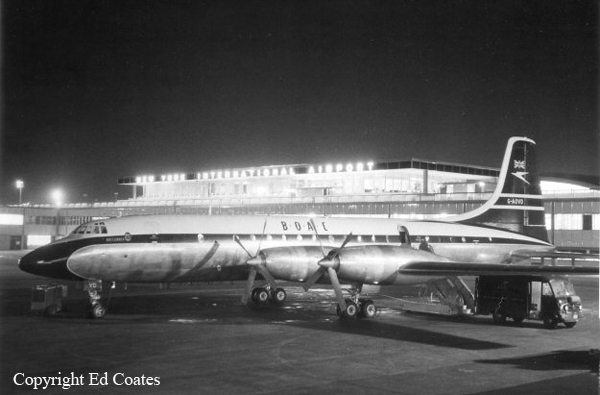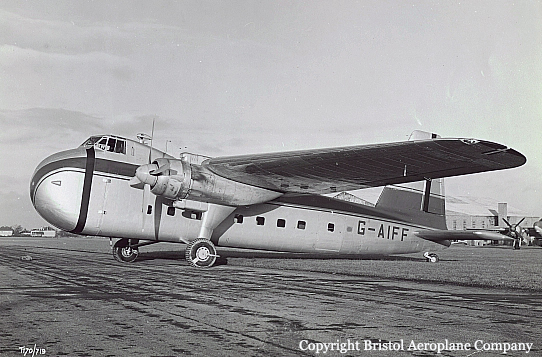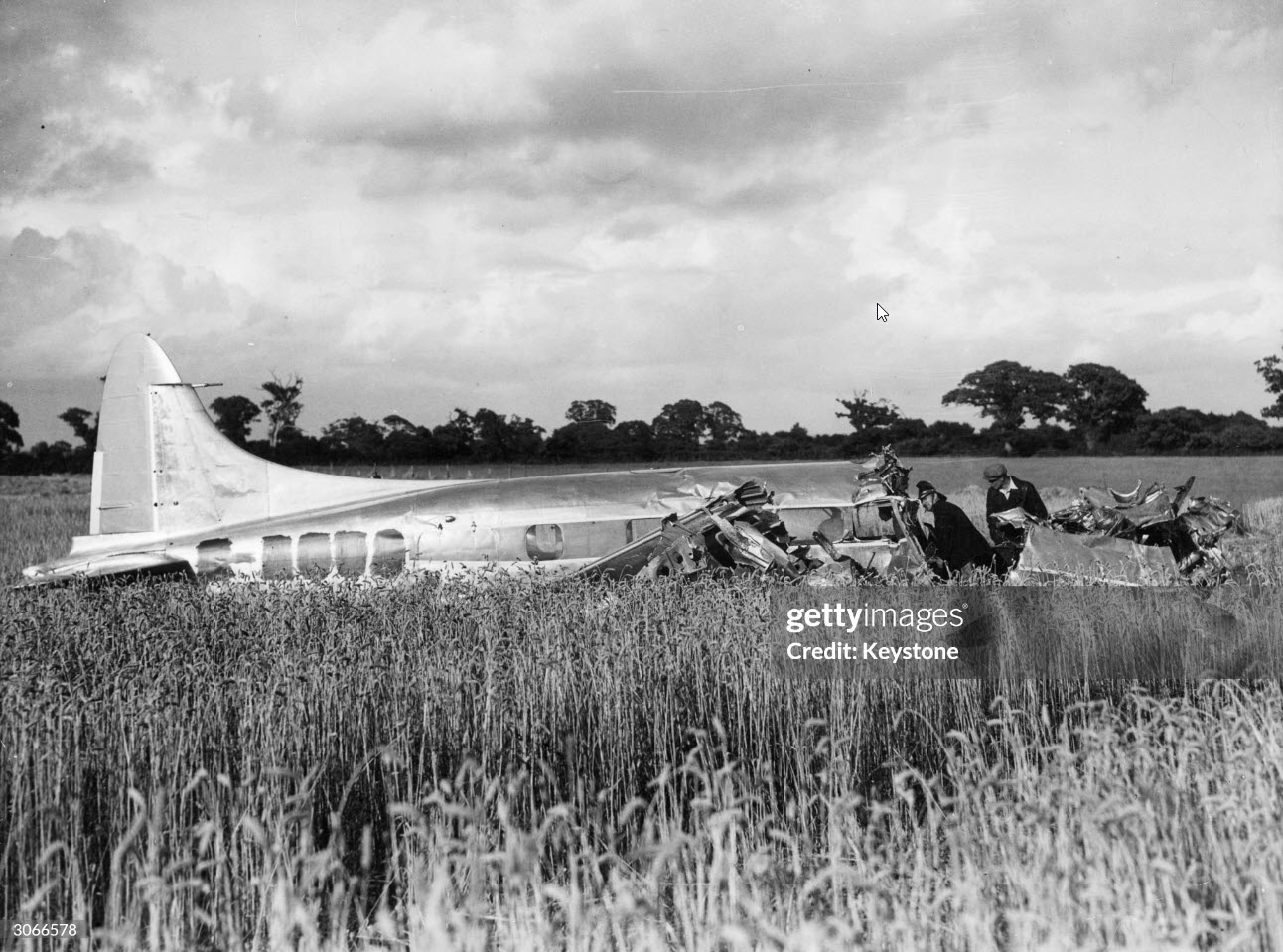Crash of a Bristol 175 Britannia 312 in Winkton: 9 killed
Date & Time:
Dec 24, 1958 at 1158 LT
Registration:
G-AOVD
Survivors:
Yes
Schedule:
London - London
MSN:
13235
YOM:
1957
Crew on board:
3
Crew fatalities:
Pax on board:
9
Pax fatalities:
Other fatalities:
Total fatalities:
9
Circumstances:
The airplane departed London-Heathrow Airport at 1010LT on a test flight regarding the renewal of its Certificate of Airworthiness. After performing the necessary test, the crew requested a descent from 12,000 feet to 3,000 feet. Three minutes after starting the descent, while cruising in a visibility reduced by fog, the aircraft struck the ground and crashed in a field located in Winkton, southeast of Bournemouth-Hurn Airport. Seven occupants were killed while three others were seriously injured. The aircraft disintegrated on impact.
Probable cause:
The accident was the result of the aircraft being flown into ground obscured by fog. This was caused by a failure on the part of both the captain and the first officer to establish the altitude of the aircraft before and during the final descent. The responsibility for the accident must rest with the captain. The height presentation afforded by the type of three-pointer altimeter fitted to the subject aircraft was such that a higher degree of attention was required to interpret it accurately than is desirable in so vital an instrument. This, when taken into conjunction with the nature of the flight on which the aircraft was engaged was a contributory factor.





